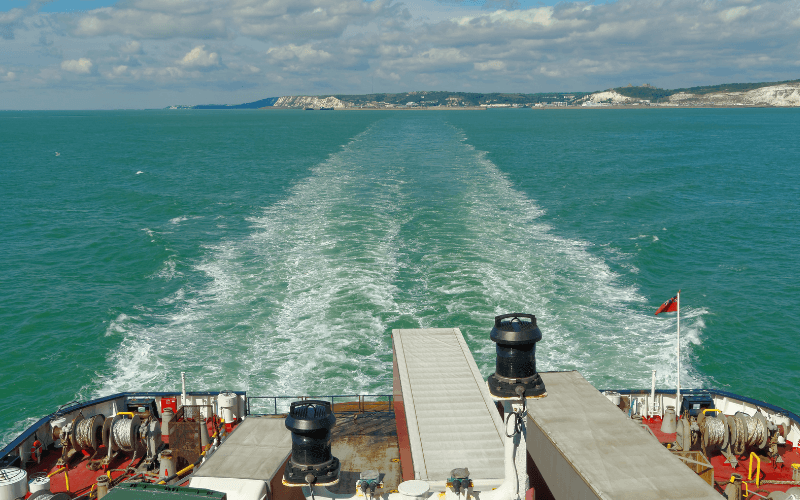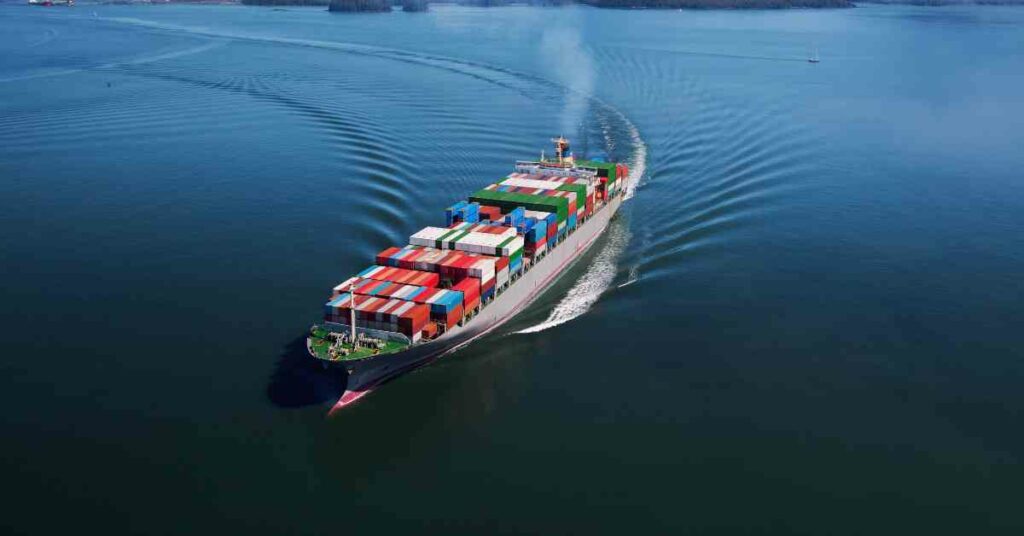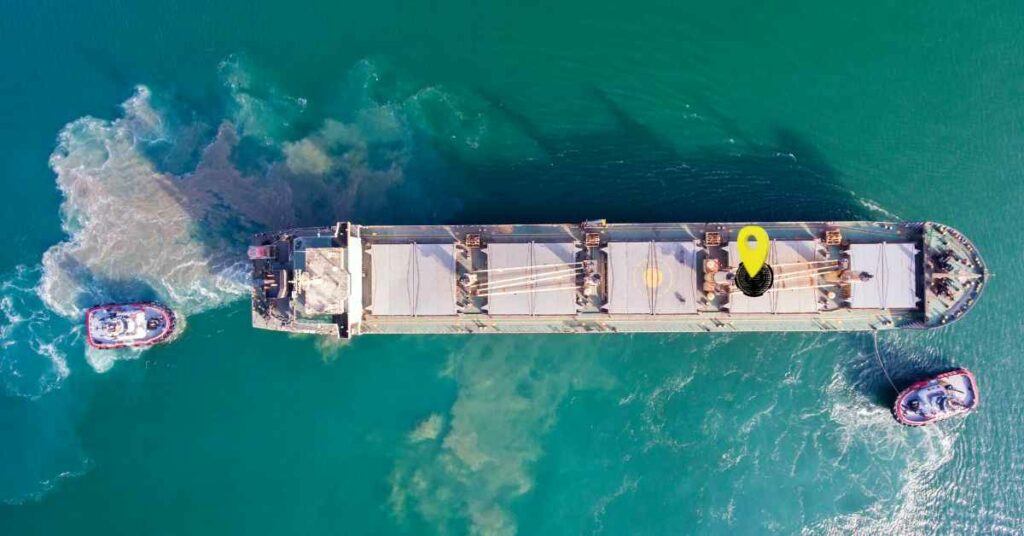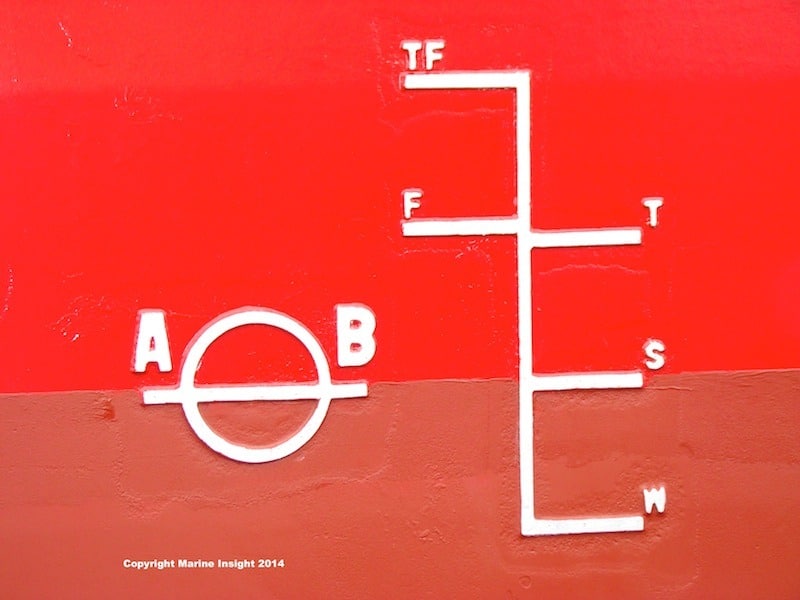What is Stowage Factor?
The freight valuation of any cargo vessel directly depends on how much cargo it can carry. Be it a containership, a bulker, or a tanker, all ship owners and operators aim to maximise the cargo occupancy in the ship holds, optimising other factors such as flotation, stability, design strength, service guidelines, and so on. The greater the occupancy of a vessel’s cargo spaces, the higher the profits from a voyage between two successive ports of call.
However, for a given space designated for cargo, very seldom is a space fully occupied. In other words, for instance, in a perfectly cuboidal cargo tank in some vessel, 100% of it cannot be ideally filled. Why?
This depends on two factors, the first one being the most important.
- Type of cargo
- The design and disposition of the cargo space
Dealing with the second factor first, the arrangement of the cargo space is crucial. For example, a hexagonal or diamond-shaped tank can accommodate a lesser volume of a certain type of cargo than a perfectly cuboidal tank but is effective for another type of cargo.
Moreover, other factors also come into play, like the disposition of stiffening members, piping, electrical connections, equipment, ducting and ventilation, etc., that interfere with the available space for cargo.
Furthermore, for a given vessel designed to transport a certain type of cargo, the available cargo space, though maximised during loading, is not filled to the brim owing to several reasons like leaving some clearance at the top to cater for ventilation and prevent build-up of high air pressure in fully confined volumes, reduce flammability risks and overflow for liquid cargo carriers like tankers, and other operational reasons.
However, the most important factor that dictates the disposition of cargo in a space or hold is the nature of the cargo itself. This is measured in terms of the stowage factor, which is a very important term in the marine field.
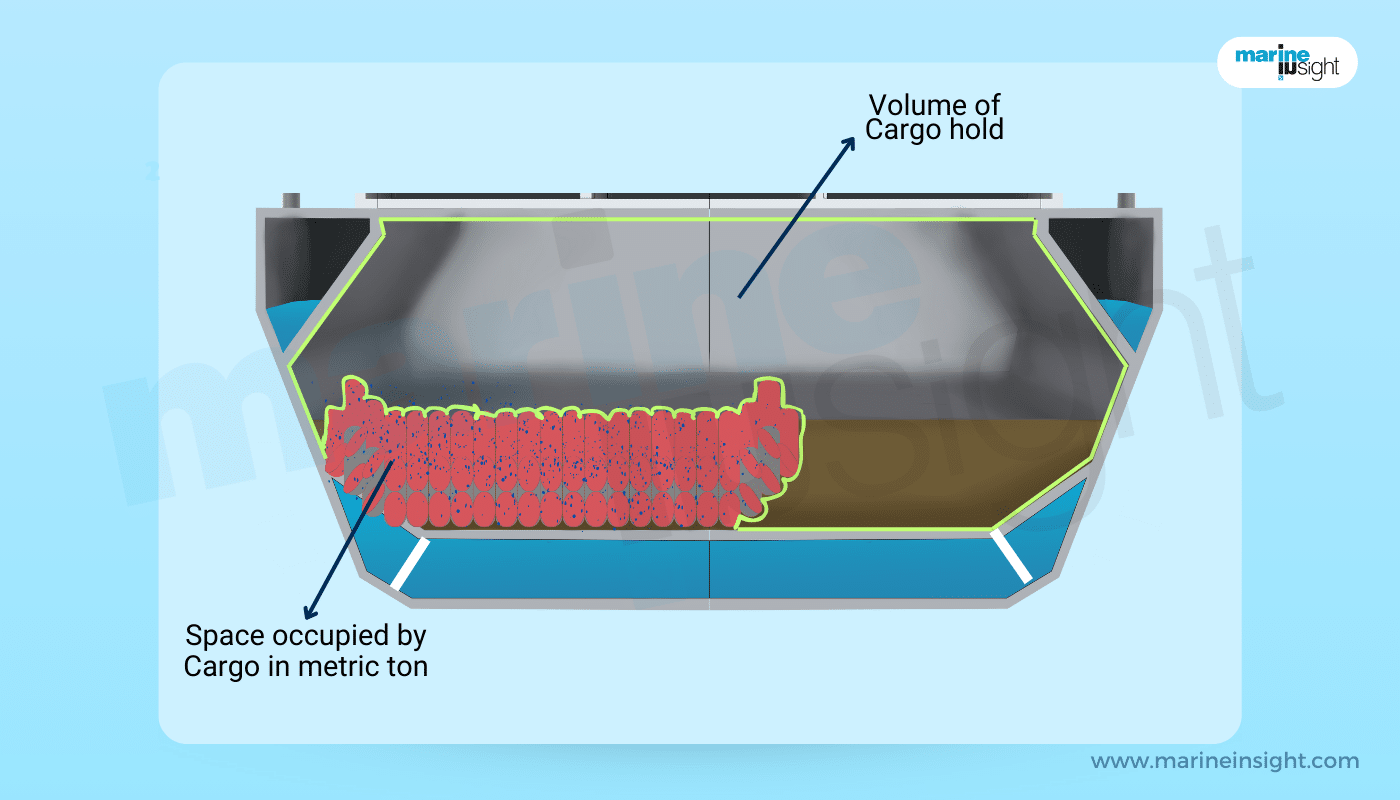
The stowage factor is an expression that determines how much usable space one tonne of cargo, by weight, can occupy. Note the term usable space again. This considers the designated cargo spaces or holds in a vessel only, the aggregation of which relates to the common term, net tonnage, and the maximum freight or cargo weight a ship can carry. The stowage factor is measured in cubic metres/ton or cubic feet/tonnes.
Hence, if we say that a specific type of cargo has a stowage factor of X metre cubes per tonne, 1 tonne occupies X metre cubes of volume, assuming ideal conditions.
Now, these ideal conditions mean a variety of things like surface roughness, exclusion of damages and defects, more or less expected weather conditions, the compartment or hold free of any other content, and so on. However, like all other real-world scenarios, none of these are always 100% idealistic, and the stowage factors designated for various types of cargo are simply the nearest approximation based on first principles and ignoring any minimum deviance and errors.
A higher stowage factor means that the particular cargo content requires more space to be stowed as compared to the same weight of another cargo with a lower stowage factor.
Now, contrary to the cargo X above, if we have another cargo with a stowage factor of Y lesser than X, this essentially means that Y can occupy lesser space for a given unit weight of cargo and, hence, can be filled in greater amounts as compared to X in the same cargo space, assuming that the deadweight fraction contributed by Y if the hold is completely occupied does not affect the design limits of the vessel in terms of weight.
Hence, for all practical purposes, a lower stowage factor always equates to greater utilisation of cargo space (and hence net tonnage). This translates to maximising profits due to the greater occupancy of cargo spaces in a single voyage. Similarly, a higher SF cargo can be stowed in lower amounts in a single voyage.
We often have to deal with freight containing high SF cargo content, which is an important contributing factor in terms of market pricing. The cost of imported wood is much higher than coal or iron ore.
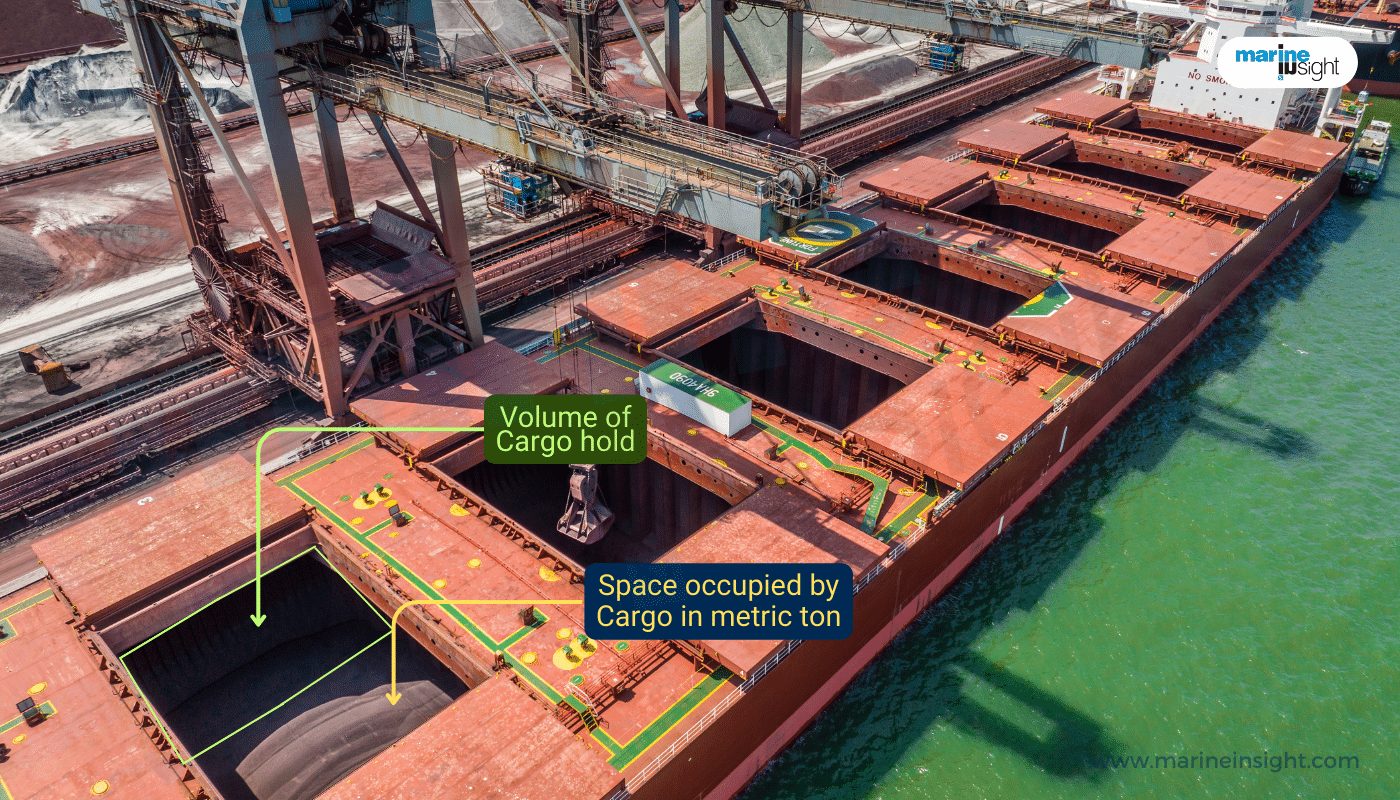
The stowage factor depends on primarily two factors:
- Density
- Nature of the material
As we can understand, density is directly related to the specific gravity and, hence, the settlement of a particular material in a space. Heavier materials, with higher densities, tend to settle more, and when heaped, like in cargo tanks or holds in ships, have their average centre of gravity lower as compared to lighter ones.
For example, iron ore has a much higher density than coal or sugar and hence has a lower stowage factor, therefore being able to occupy less volume for the same weight when heaped in the same space. Likewise, they can be stowed in greater amounts in the hold or compartment than coal or sugar, which fills the same space but has a much lower weight.
Thus, the same vessel can carry more iron ore than coal or sugar, considering the design limits of the vessel permit it. The nature of the material content also plays an important role.
As obvious, granular or finer materials tend to occupy lesser volume and, hence, have a lower stowage factor. Coarser materials are the opposite, with much of their occupied volumes considering gaps and free space. Imagine the simple example of filling stone chips and sand in the same jar.
When you fill the jar in both cases and weigh them individually, you will find that the latter weighs more than the former, even though the stone has a higher unit density. Similarly, this is the concept for the stowage factor. When you fill 10 tonnes, for example, of iron ore and large stone chips in the same vessel, you shall find that in the case of the former, there is still a considerable amount of space after emptying the contents as compared to the latter, despite their densities being not much dissimilar.
Thus, the interplay of both these factors determines the stowage factor. Because of their properties, liquid cargo, like petroleum products, has a much lower stowage factor than bulk cargo.
Some common stowage factor values are 0.4-0.5 cu. Metres per tonne for iron ore, 1.2-1.4 cu. Metres for coal, 0.3-0.6 cu. Metres for rolled steel, 2.5 cu. Metres for wood, etc.
You might also like to read-
- A Guide To Plan Stowage On Chemical Tankers
- Understanding Block Stowage In Shipping
- The Basics of Cargo Lashing and Securing on Ships
- How to Plan Cargo Containers Stowage on Container Ship?
- 9 Common Hazards Of Bulk Cargo On Ships
Do you have info to share with us ? Suggest a correction

About Author
Subhodeep is a Naval Architecture and Ocean Engineering graduate. Interested in the intricacies of marine structures and goal-based design aspects, he is dedicated to sharing and propagation of common technical knowledge within this sector, which, at this very moment, requires a turnabout to flourish back to its old glory.
Latest Marine Navigation Articles You Would Like:
Subscribe To Our Newsletters
By subscribing, you agree to our Privacy Policy and may receive occasional deal communications; you can unsubscribe anytime.




